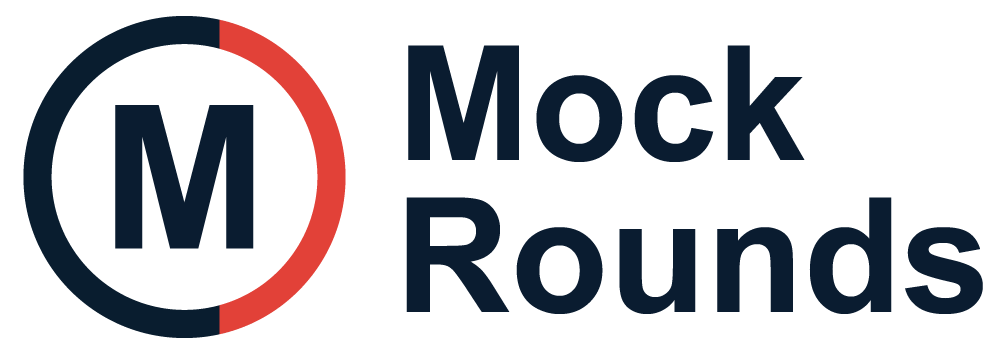| 1 |
Understand what servers do |
You need to know the basics before deeper study. |
Read a guide on how servers work, Take a quiz on server basics, Write a short summary in your own words |
Short summary on servers, Quiz results |
| 2 |
Learn database fundamentals |
Databases power most back-end apps. |
Follow a database basics tutorial, Draw a simple data model, Practice using command line for data |
Data model diagram, Command line task screenshots |
| 3 |
Create and test a basic API endpoint |
APIs connect front-end and back-end. |
Build a basic API route, Test the route using simple tools, Explain what happens step by step |
Working API endpoint, Explanation summary |
| 4 |
Connect a database to your code |
Real apps save and retrieve information. |
Write server code to save data, Retrieve data and show in front-end, Check code for errors |
Code that connects front-end and database, List of issues found and fixed |
| 5 |
User authentication basics |
Most apps require accounts and logins. |
Follow a step-by-step authentication example, Build your own signup/login form, Explain user authentication out loud |
Signup/login form in demo app, Verbal authentication walkthrough |
| 6 |
Work with database CRUD (create, read, update, delete) |
CRUD is the heart of most apps. |
Practice each CRUD operation in a tiny project, Quiz yourself on data flows, Debug and fix actual data errors |
Tiny CRUD project, Quiz results |
| 7 |
Error handling and debugging |
Good apps handle mistakes gracefully. |
Read about error handling techniques, Practice triggering and catching errors, Write down what you learned |
List of handled errors, Summary of error handling approaches |
| 8 |
Connect the front-end to the back-end |
Integration is key for full stack roles. |
Build a simple app using both client and server, Test the app from end to end, Fix issues and explain how it all fits together |
Demo full stack app, Simple integration report |
| 9 |
Review and practice all basics so far |
Review strengthens understanding before deeper work. |
Review all notes and summaries, Test yourself without looking at guides, Write a full stack workflow summary |
Self-test results, Workflow summary |
| 10 |
Plan your first full stack project |
Building real projects cements your skills. |
Choose a simple project you care about, Sketch the features and user flows, Break project into small steps |
Project plan, Feature list |
| 11 |
Build and document your project |
Documentation helps others (and your future self) understand your work. |
Start building your project, Write clear READMEs on how it works, Test each feature as you go |
Partial project demo, Draft documentation |
| 12 |
Handle version control basics |
Version control is needed for team work. |
Read a version control system guide, Practice branching and merging, Reflect on your workflow |
Versioned project repository, Branching/merging notes |
| 13 |
Collaborate on code with others |
Teams need collaboration skills. |
Pair up with another learner if possible, Review each other's code, Leave clear feedback |
Pull request with review, Feedback summary |
| 14 |
Test and fix your project |
Testing catches issues before users do. |
List out ways users could break your app, Write simple tests by hand, Fix at least three problems |
Bug/issue list, Tests and fixes log |
| 15 |
Write and follow clear project documentation |
Documentation is important for handoff and teamwork. |
Improve your README, Write step-by-step setup instructions, Have another person try to follow them |
Clean final README, Third-party feedback |
| 16 |
Review all major full stack concepts |
Review brings everything together before final prep. |
Skim all notes and projects, List topics you feel confident in, Plan extra study on weak topics |
Confidence checklist, Personal study plan |
| 17 |
Practice technical interview challenges |
Interviews often use technical questions. |
Try timed quizzes on data and logic, Answer aloud without notes, Review explanations for missed questions |
Quiz scores, Self-review notes |
| 18 |
Present your project and explain your choices |
Clear communication can set you apart. |
Give a short demo to a peer, Answer common project questions, Note what you need to improve |
Project presentation, List of improvement points |
| 19 |
Final portfolio and next steps planning |
A focused portfolio supports your job or promotion goals. |
Collect and update your projects, Write a summary for each project, Set up your next learning steps |
Completed project portfolio, Learning roadmap for next year |
